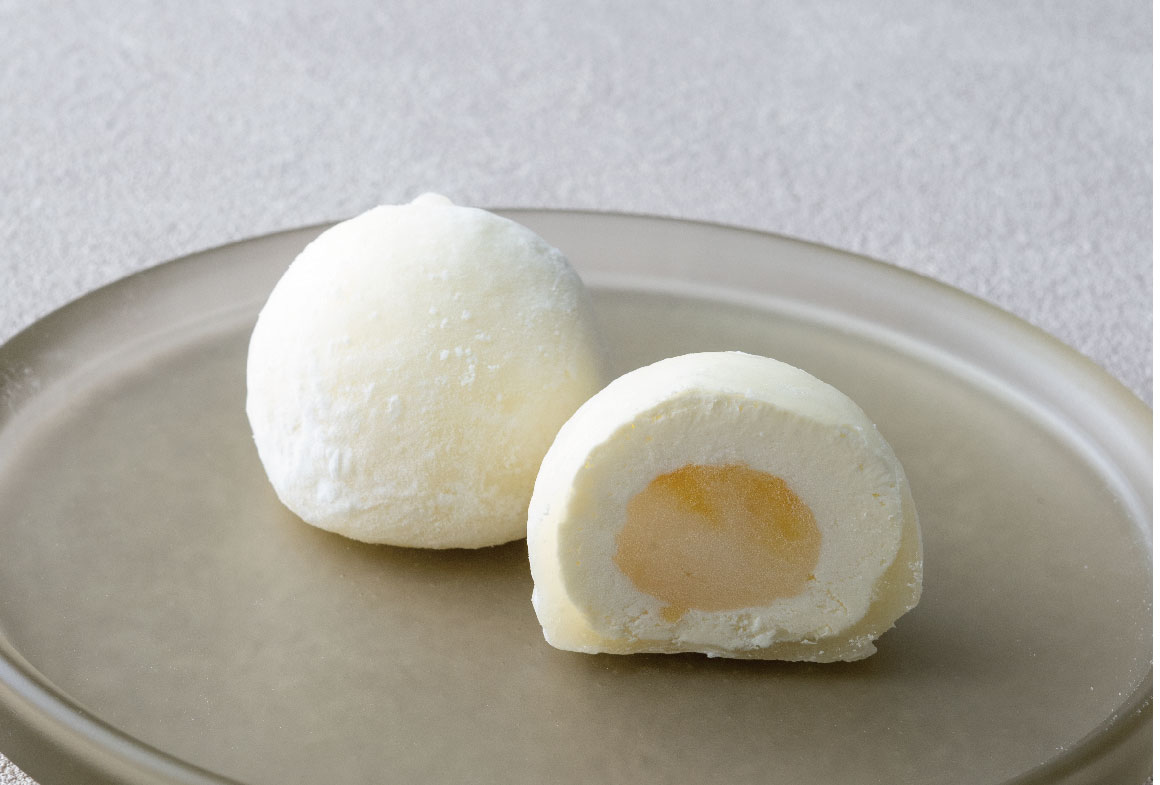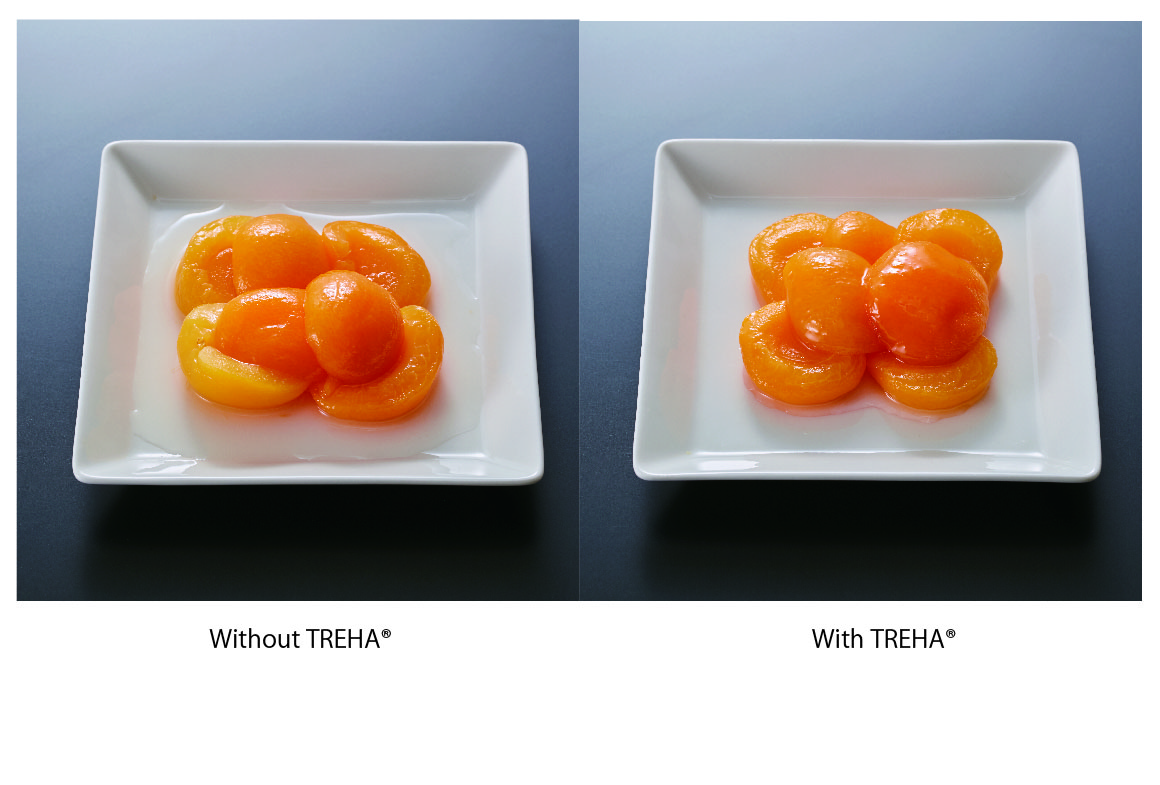News & Blogs
Do you want to address issues with your frozen desserts? Team TREHA® offers solutions for better flavor, texture, and product variety. Get our booklet with world-class recipes, including a competition-winning recipe.
In this blog, we touch on diverse topics about Japanese food cultures, practices together with the culinary secret, TREHA®, and its important role in the Japanese food industry. We hope our blog helps you obtain in-depth knowledge of the secrets and science behind Japanese cuisine, shared from our kitchen, to yours.
Sugar: The Essential Ingredient for Gelato and Ice Cream
Sugar is the key ingredient in frozen desserts like gelato and ice cream. Understanding its various properties allows you to adjust the flavor and texture perfectly, creating an ideal and appealing product. There are many types of sugars, from commonly used ones like regular sugar and glucose syrup to TREHA®, which is favored by the world’s top chefs. In this blog, we'll focus on the functions of these sugars in frozen desserts and share our insights about their roles.
Adjusting Sweetness and Flavor
The key role of sugar in frozen desserts is "adjusting the sweetness and flavor to enhance taste." Human taste perception decreases at lower temperatures, making the sweetness and flavor taste less pronounced in cold desserts like ice cream and gelato. To address this, increasing sugar or using it with fructose, which has a stronger sweetness at lower temperatures, could boost flavor and taste.
On the other hand, if the product becomes too sweet, replacing part of the sugar or fructose with TREHA® with a lower sweetness, contributes to cleaner sweetness. By skillfully using different types of sugars, you can achieve the ideal taste for your frozen desserts.
Optimizing Texture
The solid content in the formulation is the key to achieving the perfect texture in frozen desserts. Sugars, as part of the solid content, play a crucial role in adjusting the hardness. Higher solid content results in smaller ice crystals, leading to a smoother texture. For example, in gelato, sugar is particularly useful and versatile as it has less impact on flavor compared to other solid content contributors like milk fat, milk protein, and chocolate.
Moreover, the molecular weight of the sugar can influence the melting speed in the mouth.
Whether you want to create a smoother texture or extend the melting speed, selecting the right sugar offers solutions. Feel free to consult with Team TREHA® for further guidance.
Transforming Non-Freezable Components into Freezable Delights
Do you enjoy mochi ice cream? Mochi, once deemed impossible to freeze due to its tendency to harden in a matter of a day, has now become a popular treat worldwide thanks to the remarkable properties of sugar. Mochi is just one example of many food items that have become freezable with the help of sugar.

Sugars help adjust the solid and moisture content, making it possible to freeze fresh fruits and other components. This application allows for creations like frozen cakes topped with frozen fruits, which can be thawed and enjoyed without compromising texture, or ice creams with large chunks of fruit mixed in, ensuring they don’t become too solid compared to the ice cream.
Yellow Peaches in Syrup Right after Thawing

Cassata with Generous Chunks of American Cherries

By adjusting the solid content of fruits with sugar, you can prevent water release and modify their texture. This helps avoid problems such as fruits becoming too hard to bite into. Additionally, sugars can be used to adjust the texture and melting speed of cheese-based frozen desserts. When the product is a bit too sweet or lacks flavor, TREHA® comes into play. It helps achieve the ideal consistency without making it overly sweet.
Why Use TREHA® in Frozen Desserts?
TREHA® is the brand name for high-purity trehalose (a disaccharide composed of two glucose molecules) produced by Nagase Viita. TREHA® has the unique feature of having lower sweetness while still fulfilling the roles as sugar. Here are some benefits of using TREHA® in frozen desserts:
Enhances the natural flavors of ingredients like fruits and milk.
Achieves a smoother texture and mouthfeel.
Maximizes your creativity by making non-freezable components freezable and palatable.
For more details, please visit the LINK!
Ask Team TREHA®
Want to make your frozen desserts even more flavorful?
Having trouble creating the perfect texture?
Looking to expand your product variety?
Interested in learning more about sugars?
If you have any of these needs, Team TREHA® is here to offer you the perfect solutions. Our booklet, "Gelato + TREHA®," includes recipes using TREHA®, featuring a winning recipe from a renowned competition. Feel free to reach out to us for your copy.
Enhance your frozen desserts with TREHA®. Experience the smooth texture and pronounced natural flavors it brings to your creations.
Did you find this blog interesting?
Please share it with your friends in the food service industry.
We regularly update the blog about the food culture of Japan, where TREHA® was discovered for culinary applications.
Click here and send us a message to subscribe.
Or hit us up on Instagram @trehalose_sensei!


